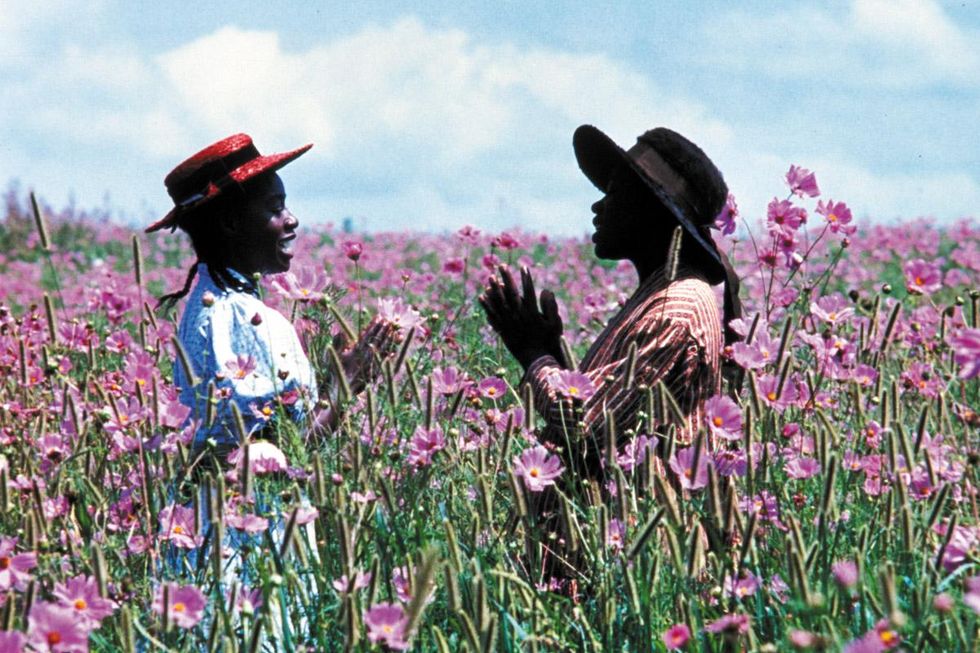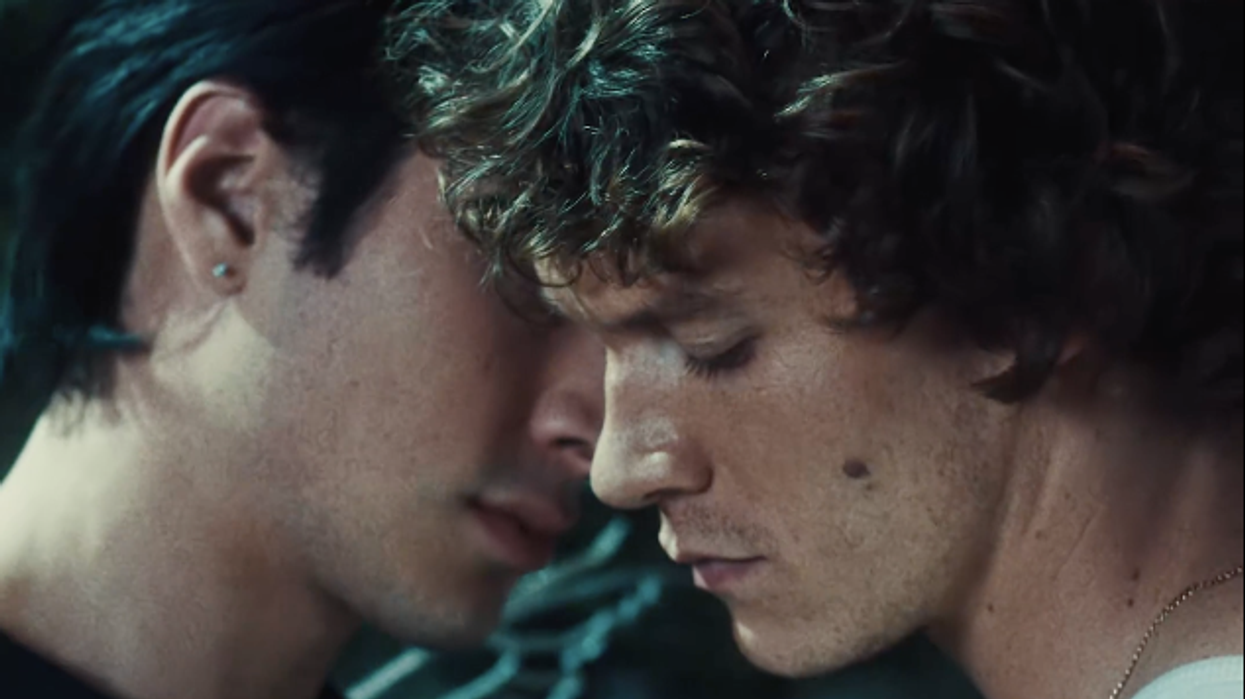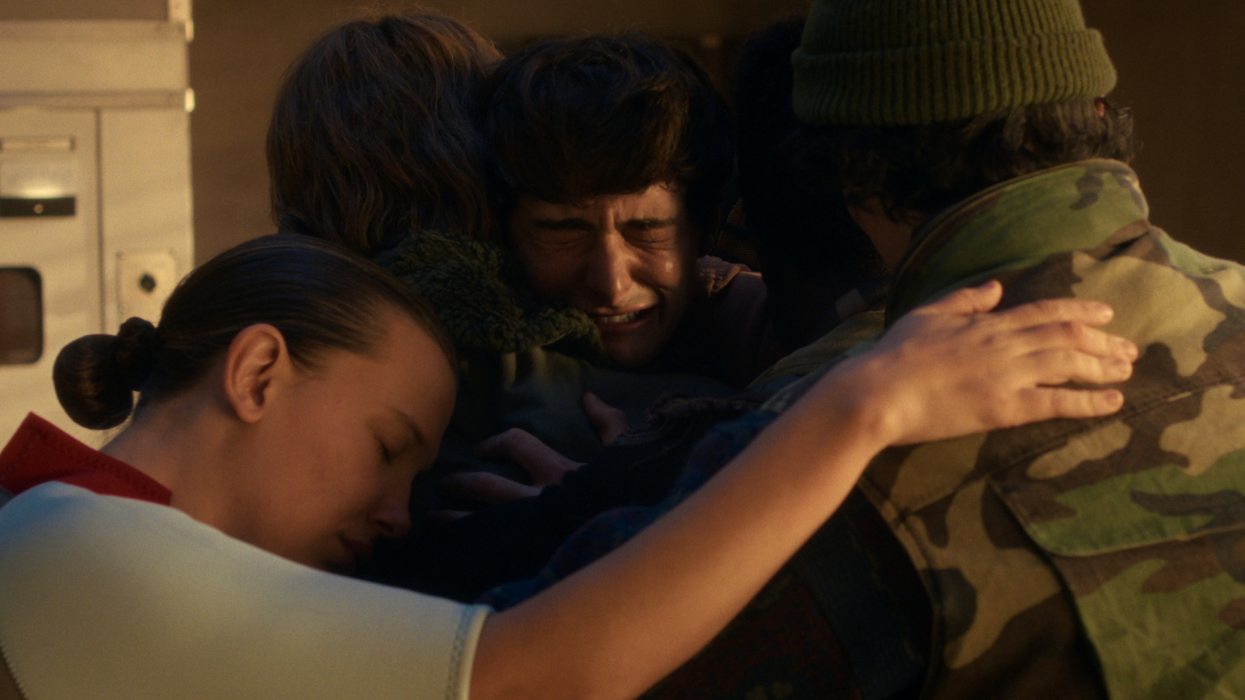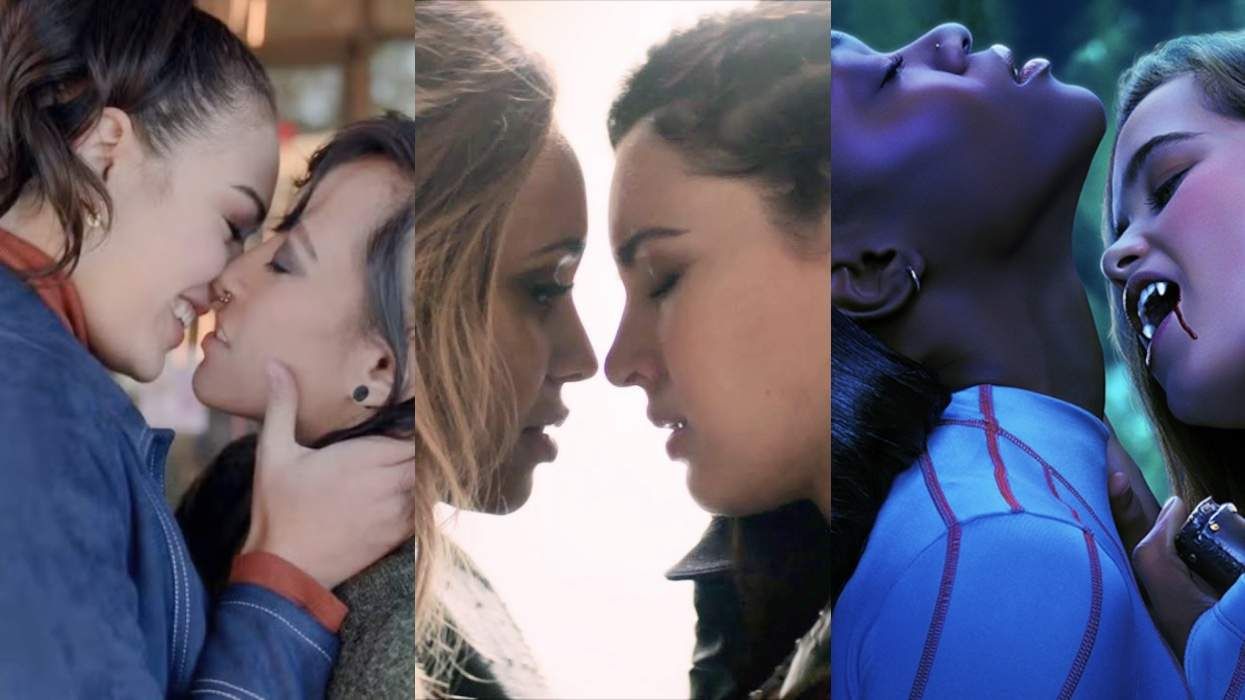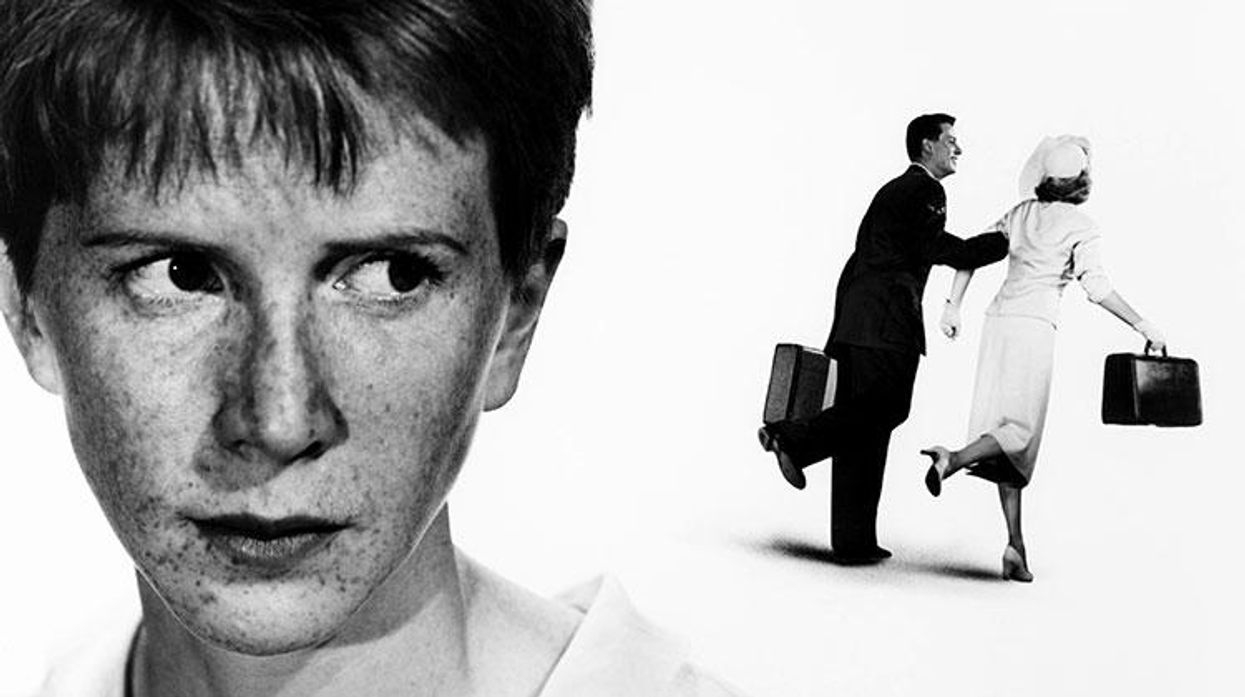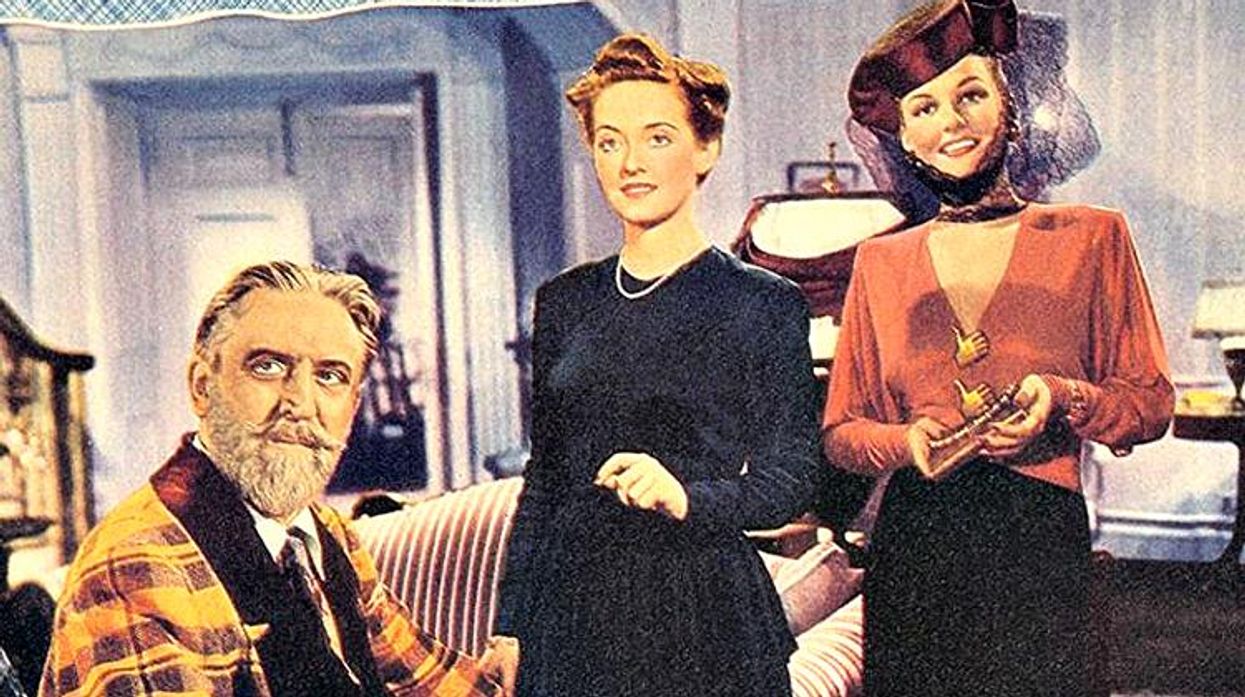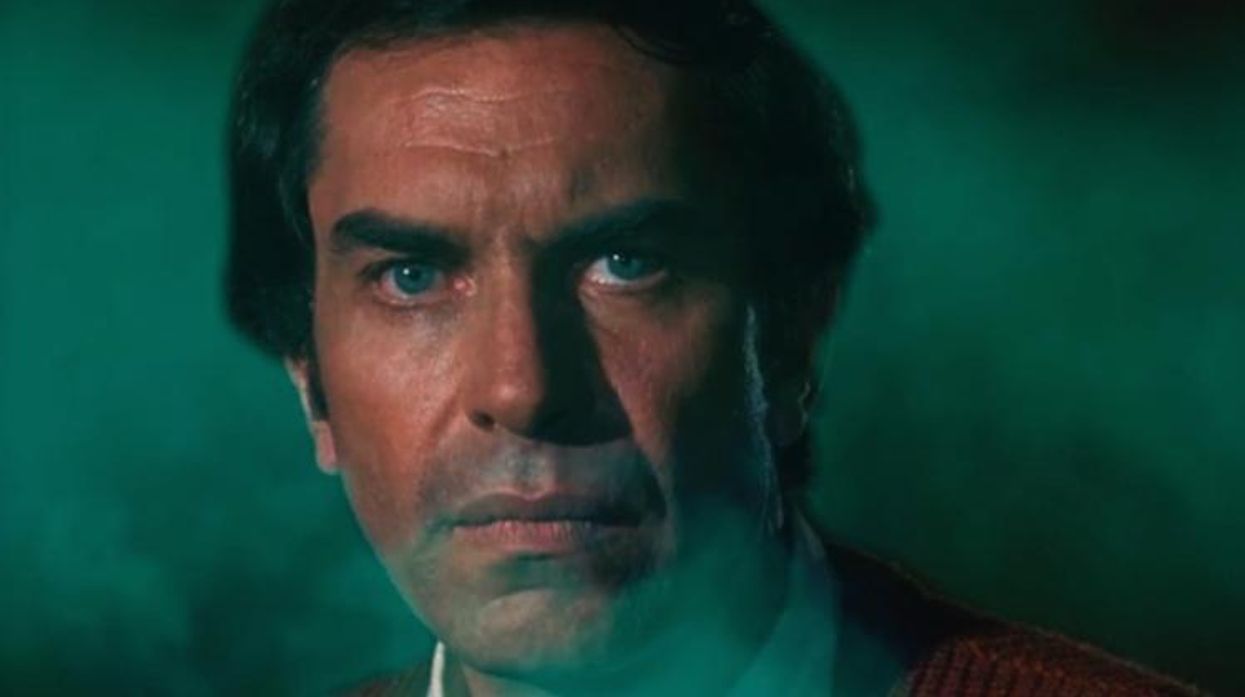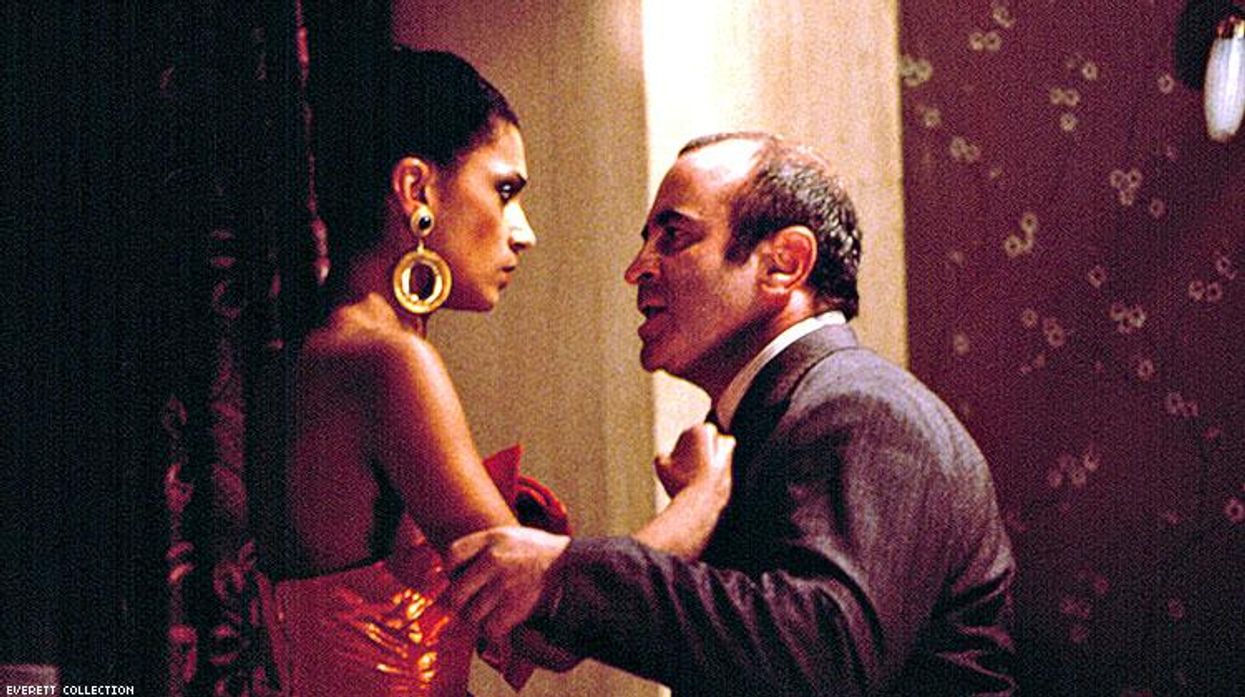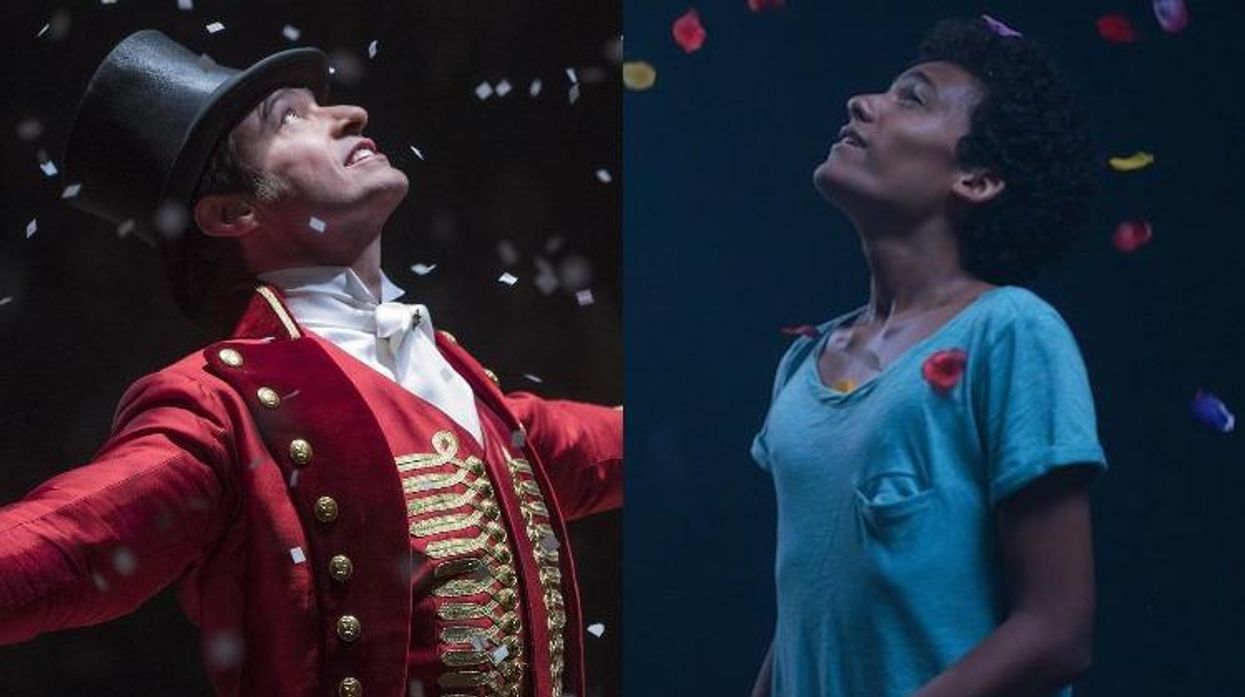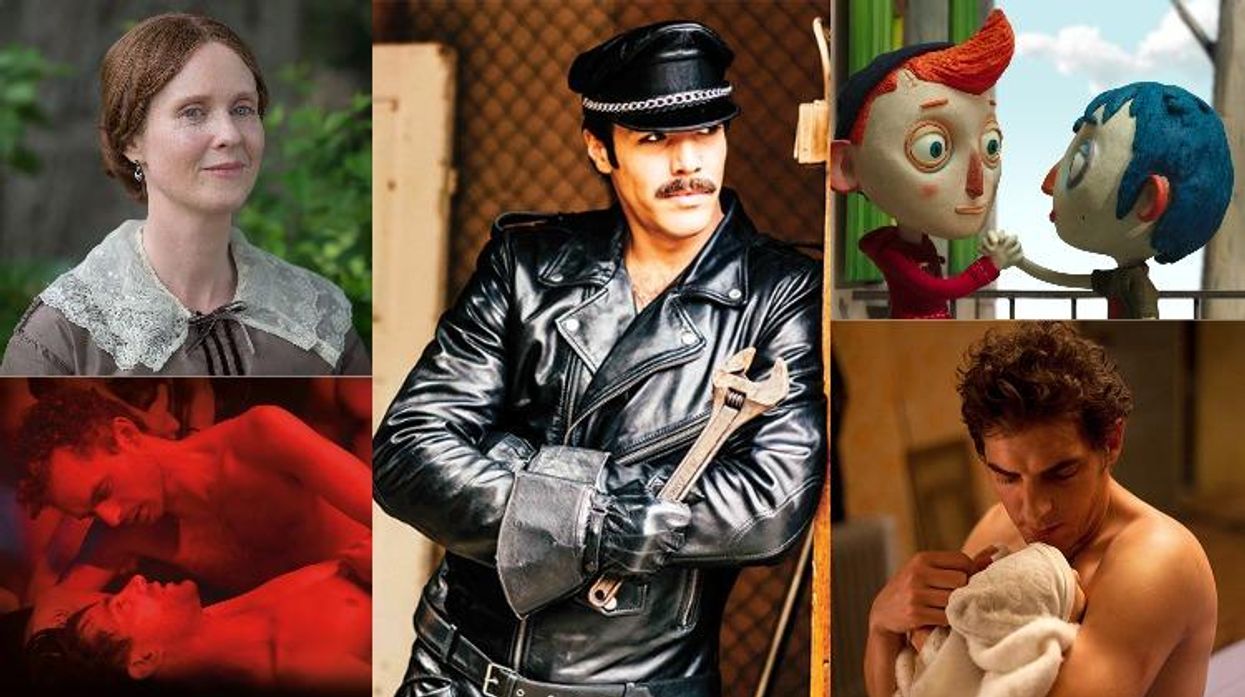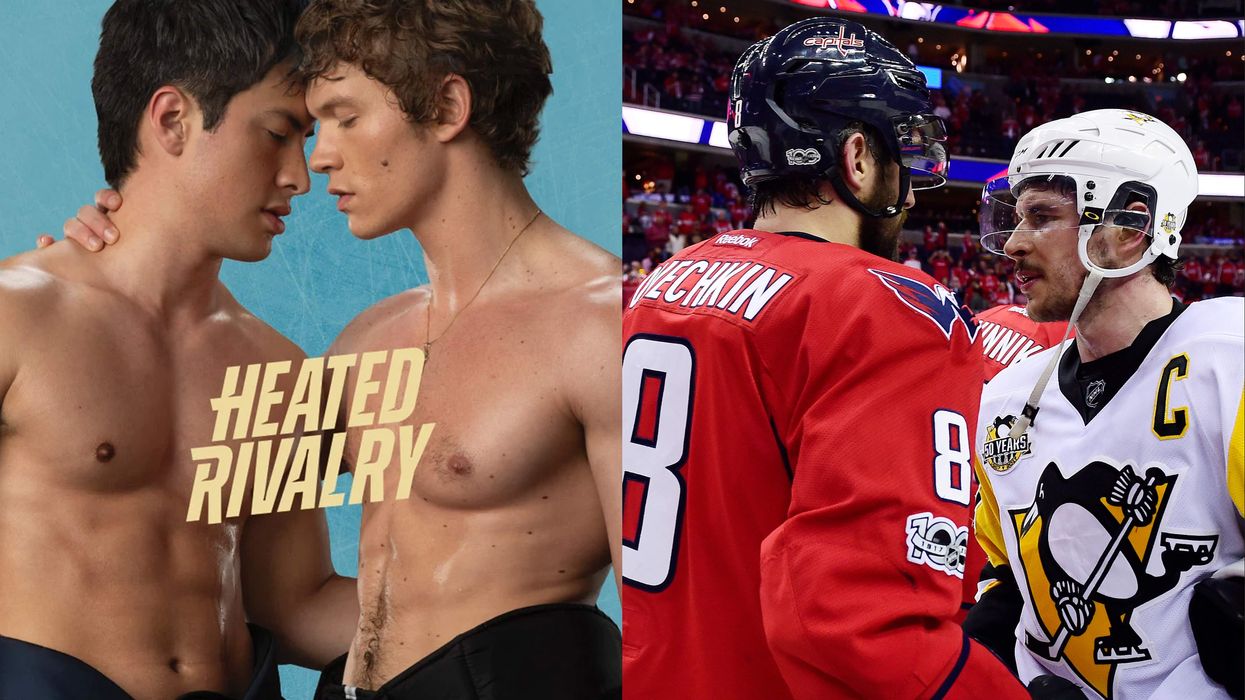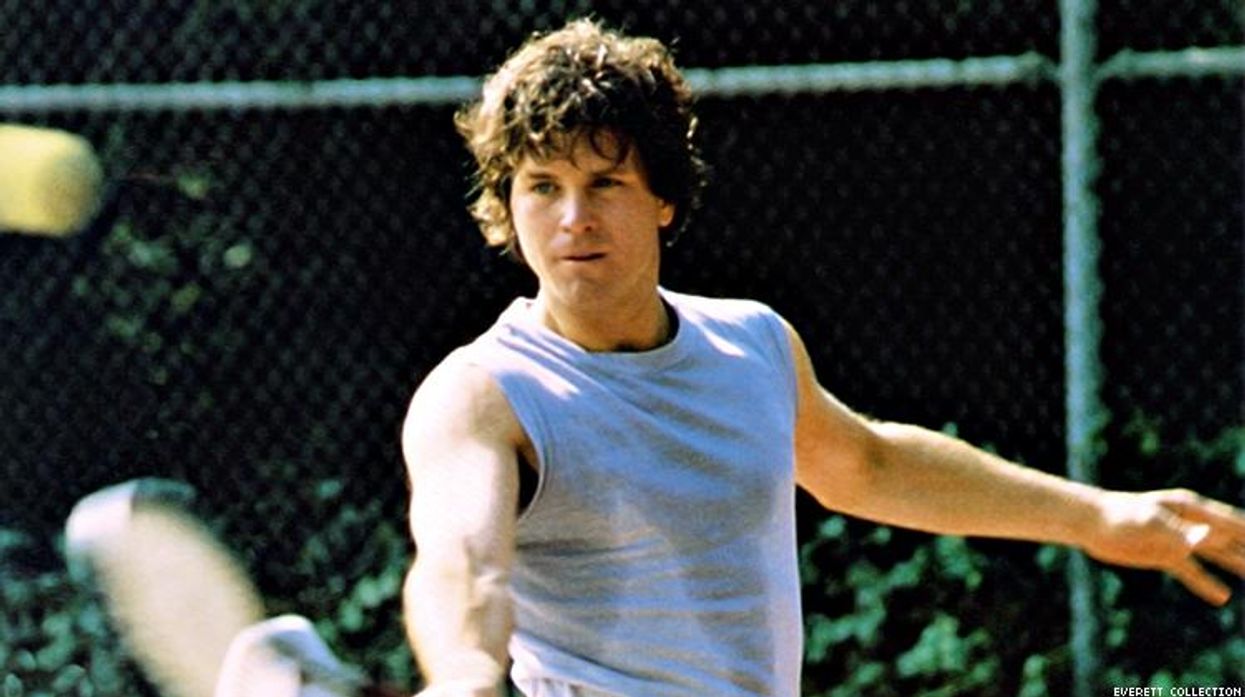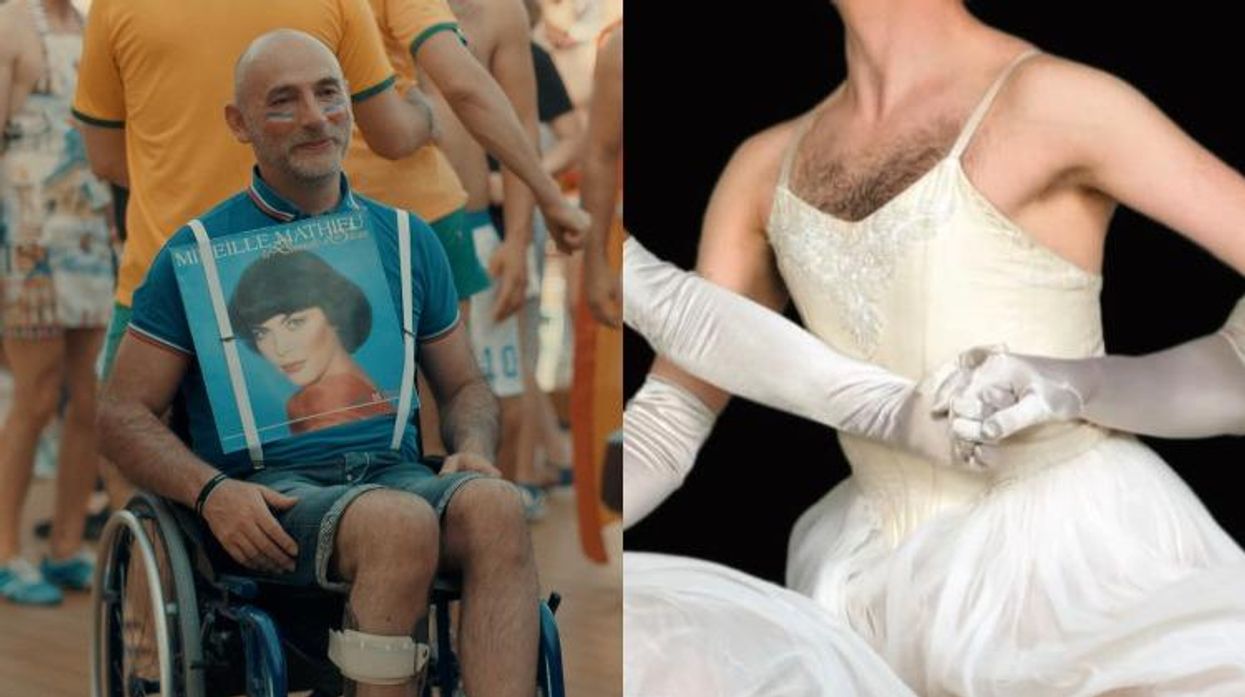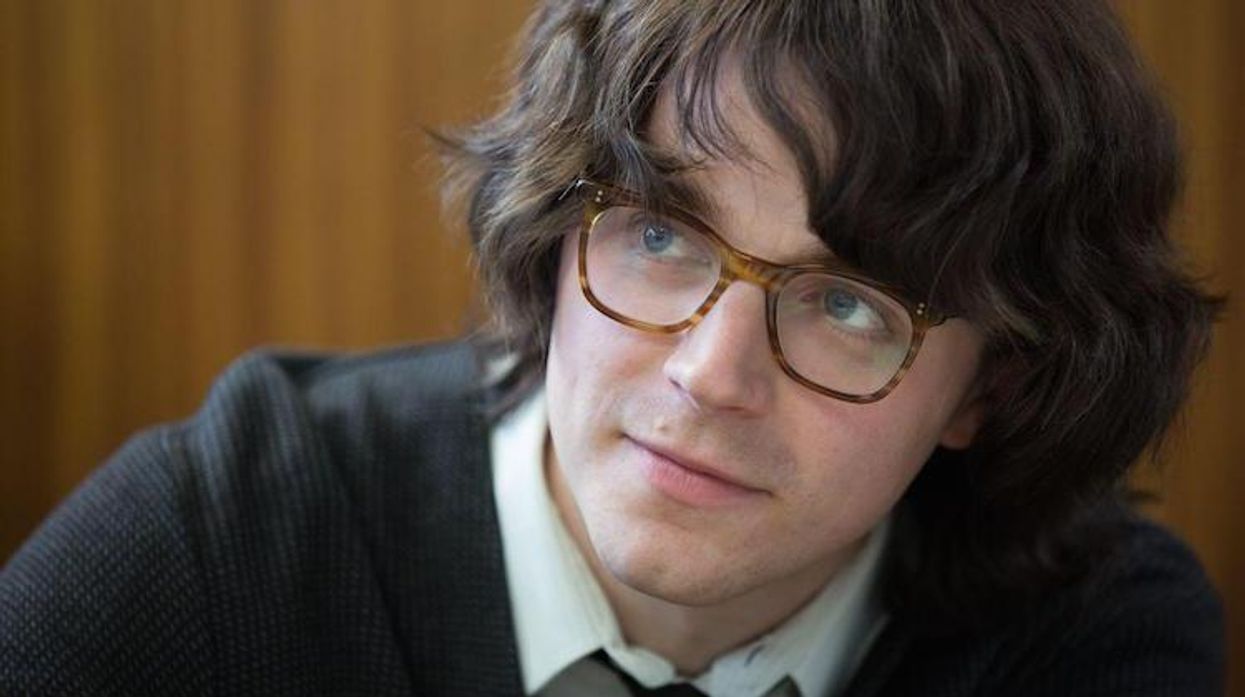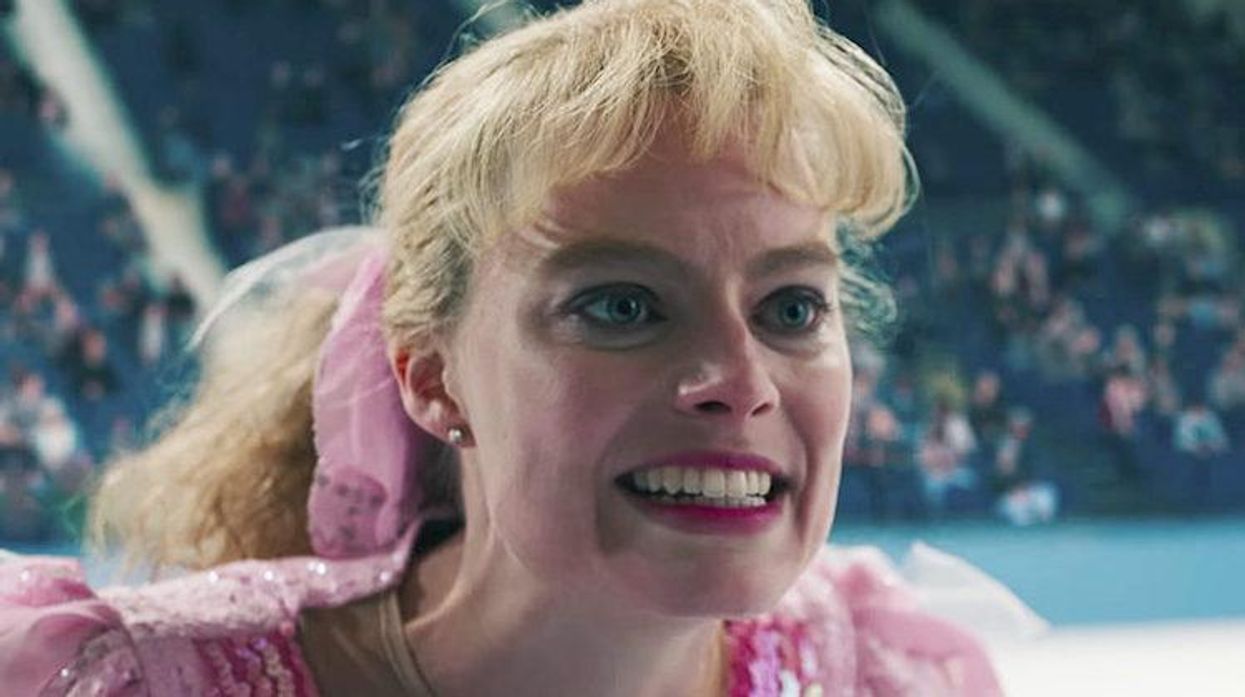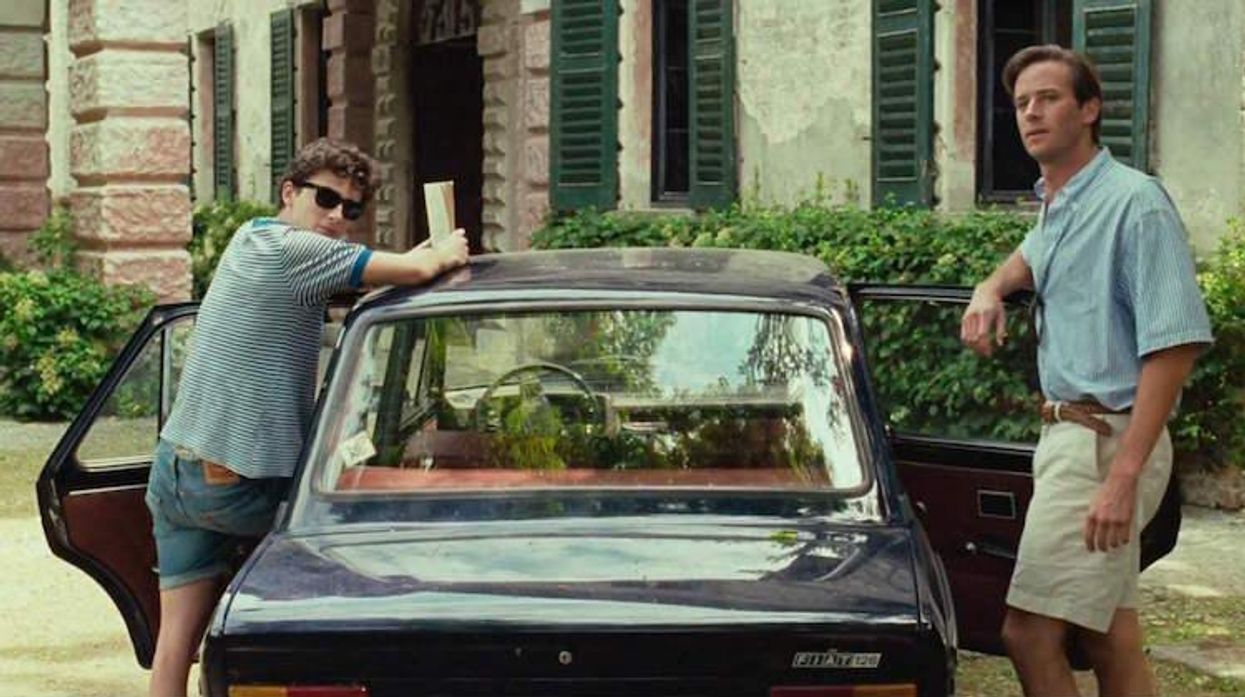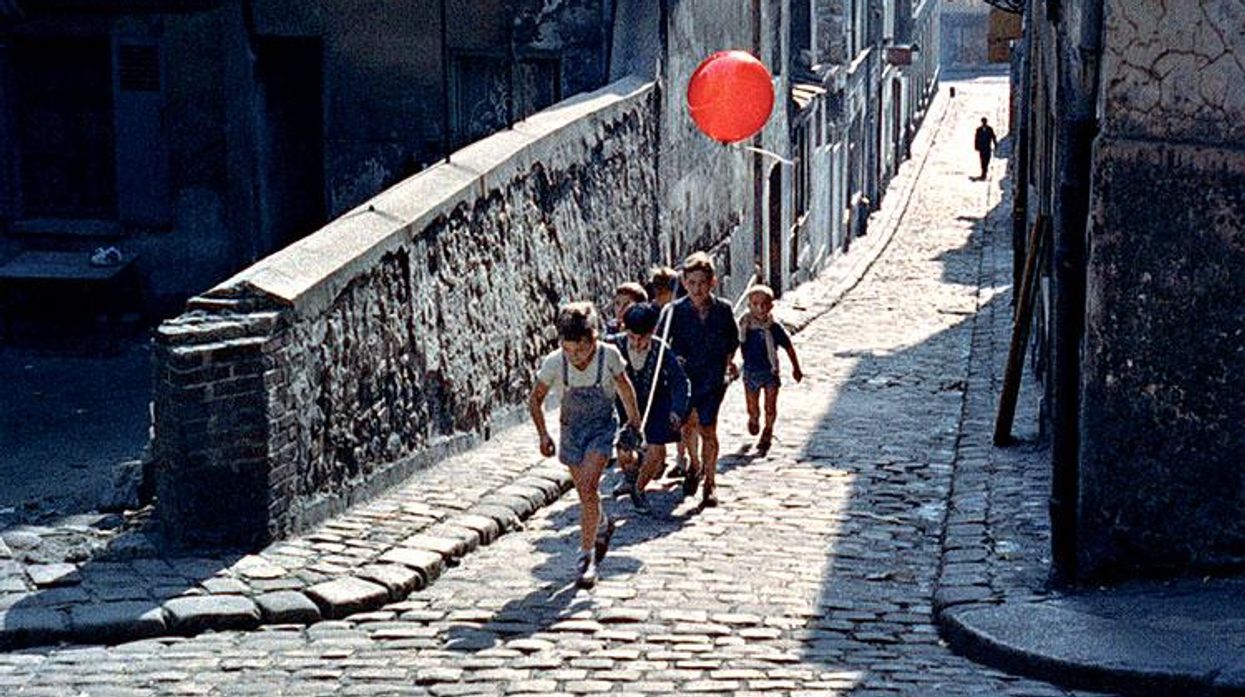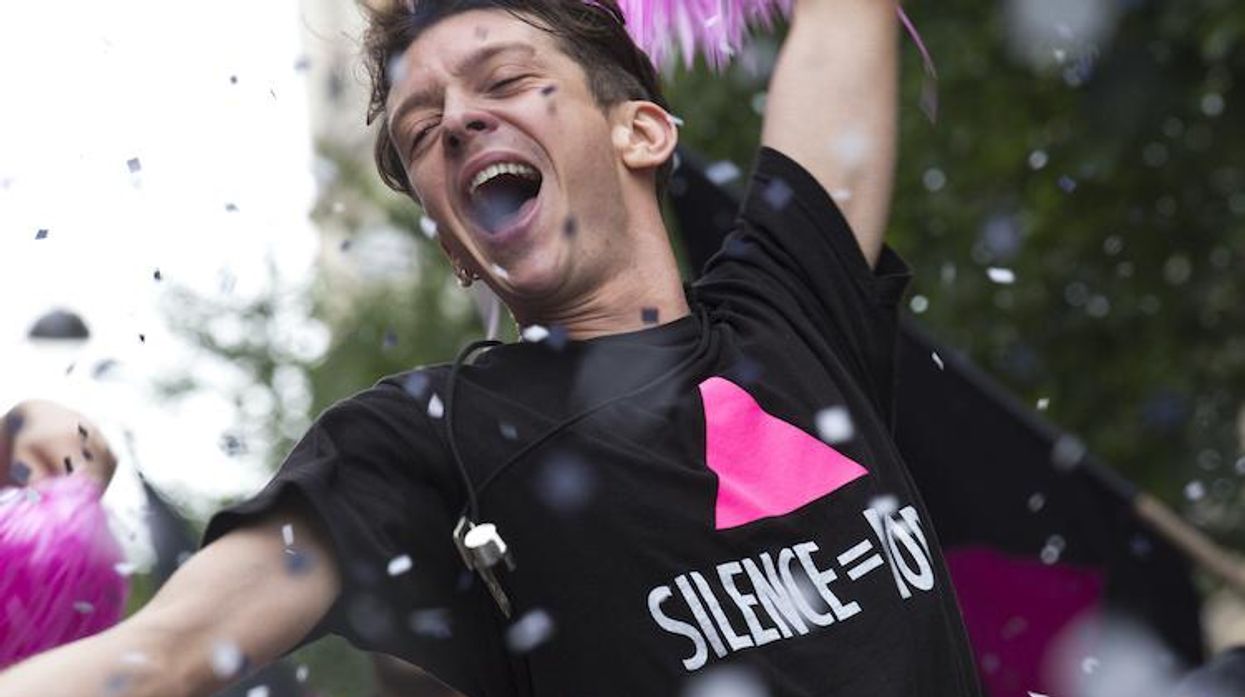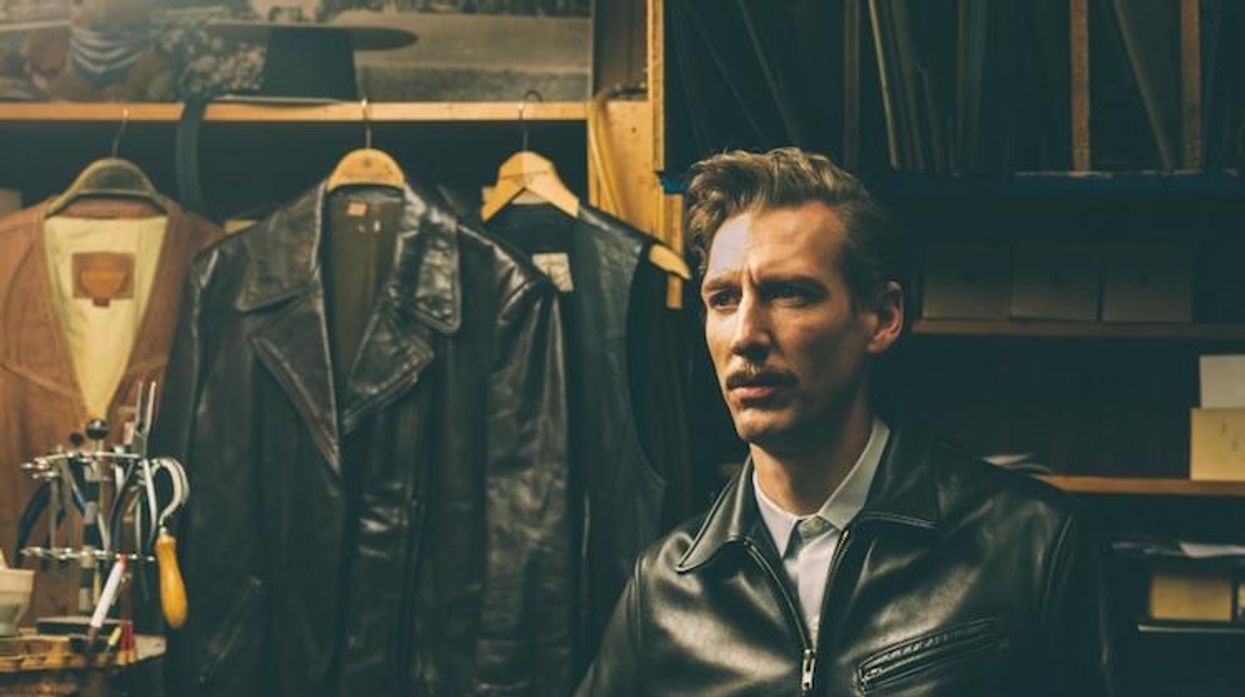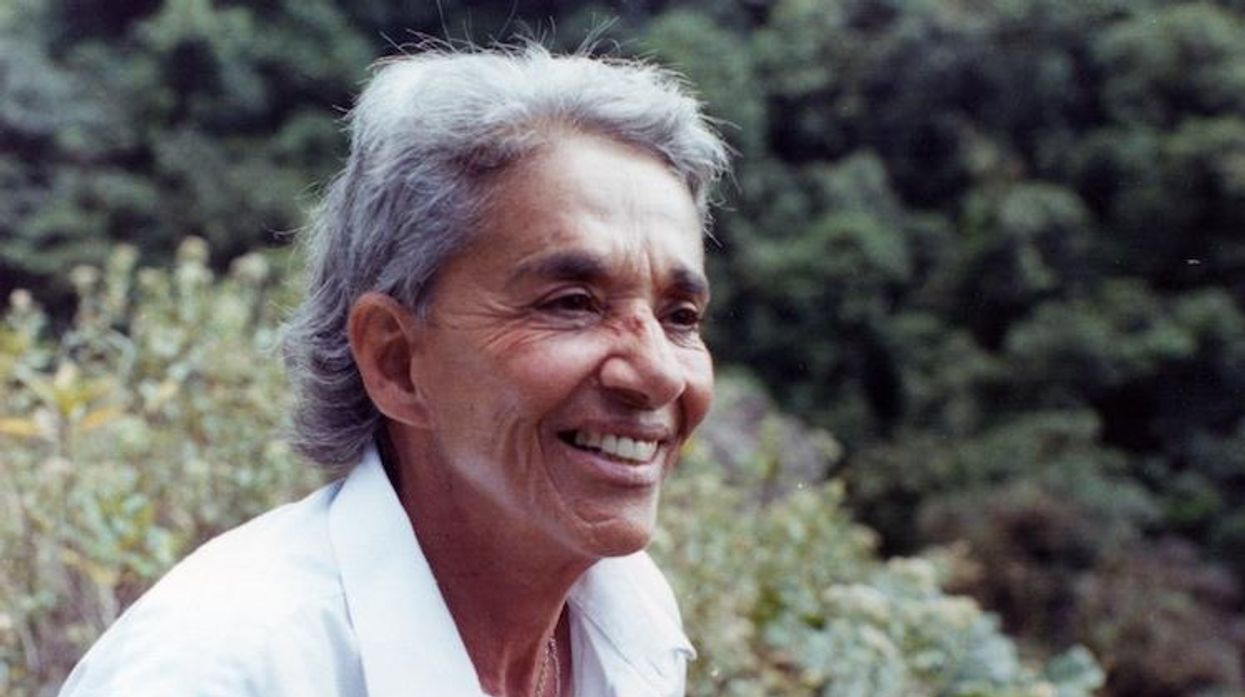Cynthia Erivo (left) and Joaquina Kalukango in the current Broadway revival of 'The Color Purple.'
"Overripe," the term The New York Times' Ben Brantley recently used to describe the 1985 film The Color Purple, is a way of staving off the emotional power of Hollywood's greatest gay film. "Overripe" belittles the same way words like "sensitive" and "severe" were once euphemisms that stereotyped gay men and lesbians. Even now, in the Times' current review of John Doyle's new Broadway revival of the musical stage version of Alice Walker's best-selling novel, Steven Spielberg's groundbreaking movie is still patronized.
This year marks The Color Purple's 30th anniversary, which ought to be respected as a landmark in motion picture history. Spielberg's visually lush and dramatically potent tale put a lesbian relationship up-front and center in a mainstream American movie when nobody dreamed such a thing was possible. And, over the decades, millions of viewers have responded with affection and enthusiasm. (The film received 11 Oscar nominations, yet won none.)
Walker fashioned the story of Celie, a black teenage girl in 1930s Georgia, who is raped, gives birth to two children soon taken away from her, and is separated from her sister Nettie, then traded off to an abusive man (symbolically titled Mr.). Unlike most feminist pop fiction, The Color Purple was a melodrama with links to black gospel tradition. (Celie voices her plight to God.) Before identity-politics masochism promoted such lesbian hysteria like Precious, Spielberg depicted Celie's restoration and family reunion as a triumph. Its spiritual and historical reclamation was based on recognition of Celie's gay humanity.
The credit denied The Color Purple may be linked to the overpraise accorded such later films as Brokeback Mountain and this year's Carol, both starting with cautious, covert implications of gayness represented by white characters--as if Spielberg and Walker had not already broken-through popular resistance.
Even Doyle's new, minimalist staging of the musical gets its license from The Color Purple's modern development of gay identity. Walker conjugated the term "lavender" from the days of the Mattachine Society when it was code for gay passion as "different" from conventional romantic hues--she moved across the spectrum of affection (now symbolized in the pride flag) from same-sex attraction, opposite-sex attraction, both sex attraction. Lavender-to-Purple charts Celie's sexual experience throughout her hardship. ("I might be black, a woman, I might even be ugly. But I'm here!") Plus, Walker and Spielberg explicitly link "purple" to an appreciation of life and God's wonders. "I think it pisses God off when you don't know notice the color purple!" says blues songstress and Celie's lover, Shug Avery.
Perhaps this normalization of the humane in spiritual terms is what "intellectuals" object to as "overripe." It pisses some people off when gayness is seen as something other/more than a social principle or represented in terms that don't comply with secular convention--or when idealized by figures who don't come from society's dominant class.
The Times review praised Doyle's show with racialized cliches "Hallelujah," "born again," "glory to behold" and "gospel-flavored" as if we were back in the days of faux naif Harlem Renaissance knock-offs.(The show's songwriters Allee Willis, Stephen Bray, and Brenda Russell rigorously refrain from indulging gospel excesses.) Doyle may strip Walker's story "to its essence," but Spielberg's movie moves audiences by giving the black gay female experience the same cinematic richness that Hollywood had long reserved for Joan Crawford, Jane Wyman, and Lana Turner melodramas about middle-class heterosexual white women. Carol repeats that prejudice, minus the aesthetic richness.
The Color Purple teaches enlightened audiences to boldly accept gay emotion. Doyle downplays Celie and Shug's attraction (presenting a leg-spread Shug is coarse) whereas, on film, Whoopi Goldberg and Margaret Avery found understanding despite their characters' contrasts. (The letter-reading scene should be as hallowed as Brando-Steiger's cab scene in On the Waterfront.) Their emotional rapport makes the moment of Celie and Shug's first kiss more deeply convincing than the entirety of Carol where Rooney Mara and Cate Blanchett show no rapport--as also noted by critic Peter Rainer.
In the musical's biggest miscalculation, Shug Avery's number "Push the Button" reduces female sexuality to neurological sensation, whereas the hummable song "Sister" in The Color Purple film (lip-synched by Avery but sung by Tata Vega) conveyed Bessie Smith-style ribaldry while celebrating feminist solidarity. It's the moment Celie's social liberation (her emotional outing) begins--and there's nothing in Brokeback Mountain or Carol that equals it.
That a film as bold and great as The Color Purple continues to be marginalized by the false sophistication of "good taste" amounts to deprivation. Gay audiences get shamed of their emotions and straight audiences get shamed of their affiliation and empathy. In a masterstroke, Spielberg concluded his finest love story with Celie and Nettie reunited: aged yet playing childhood patty-cake. Doyle preserves this phenomenon in the closing title song ("I don't think us feel old at all. I think this is the youngest us ever felt.") Thirty years ago, before it became fashionable, Spielberg understood that ritual as a direct correlative to gay folks' joy.
The Color Purple is currently at the Bernard B. Jacobs Theatre, 242 W. 45th St., New York City.



